When we head off into the far outback — whenever we will be permitted to do so again — we are taking certain risks. Those tracks can be lonely, the distances huge and the weather and environment harsh. We accept those risks if we are wise, because then we take precautions to avoid the worst impacts and, by doing so, reduce the risks. To ignore those risks is to increase their potential severity and endanger ourselves, those travelling with us and anyone who attempts to assist us. And one of the most significant tools for diminishing those risks is probably sitting within arm’s reach right now: our mobile phone.
Mobile phones today are far from being simply ‘phones’. They are very sophisticated devices capable of pinpointing your position on the globe with a surprising degree of accuracy, and can be set up to provide you with a significant degree of useful information, store large amounts of data and connect you with a variety of valuable assistance on offer from a range of agencies.
Heading away from home for an outback trip used to require consideration of a range of communications options: UHF radio, HF radio, hand-held UHF radios, satellite phone, EPIRB or emergency beacon, and most definitely some of these should still be in the mix, but a mobile phone is a useful tool that may well become vital in the right circumstances.
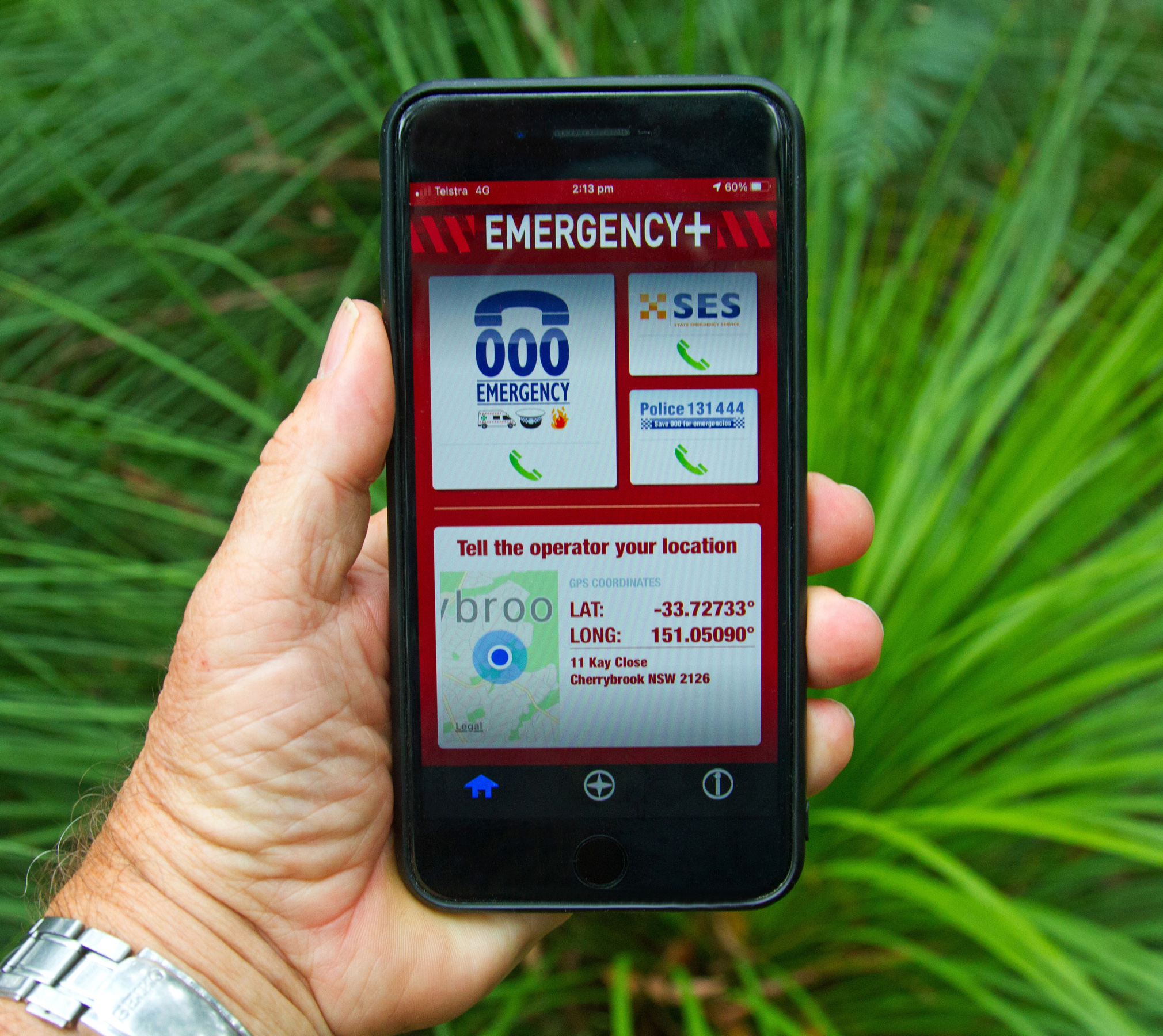


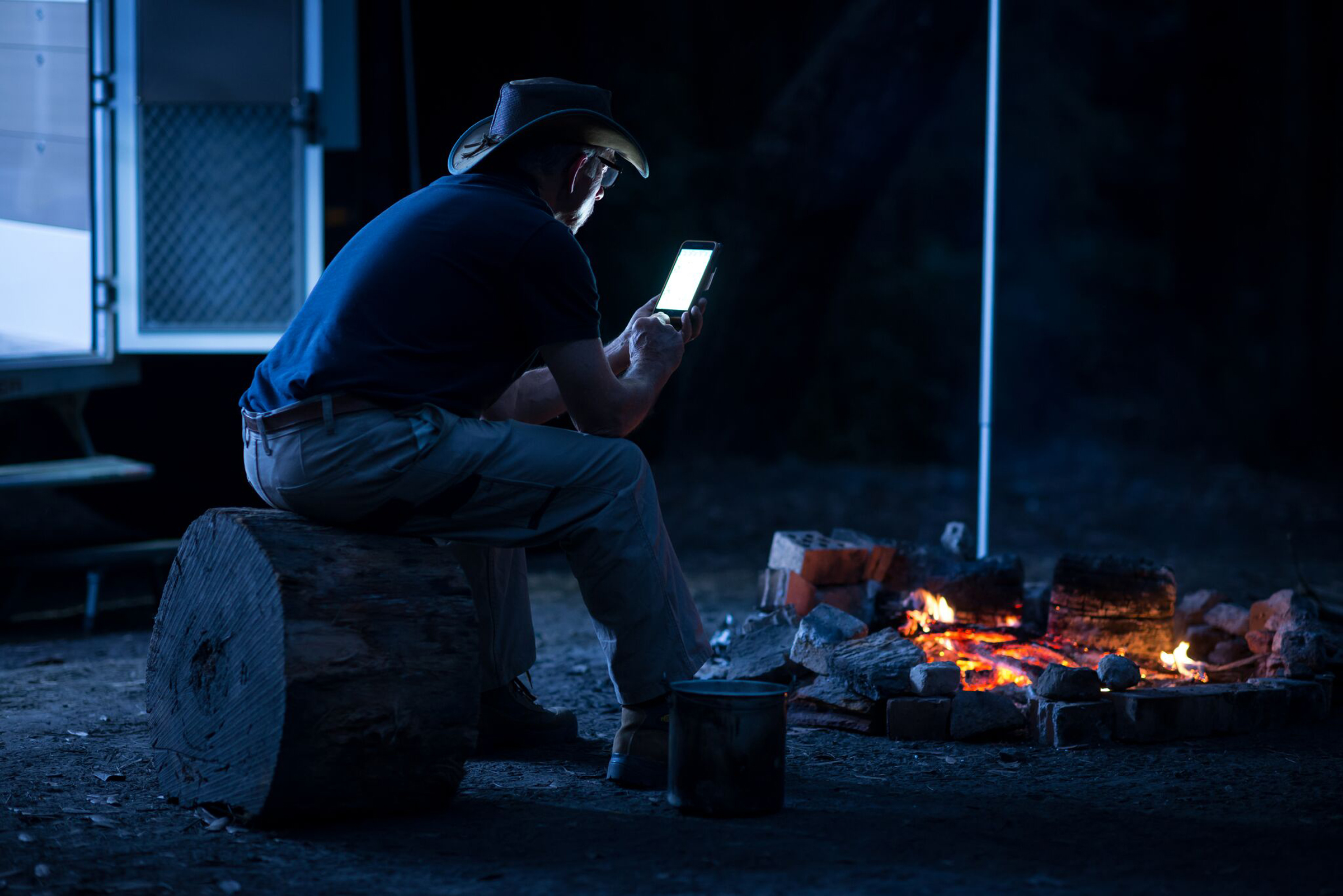

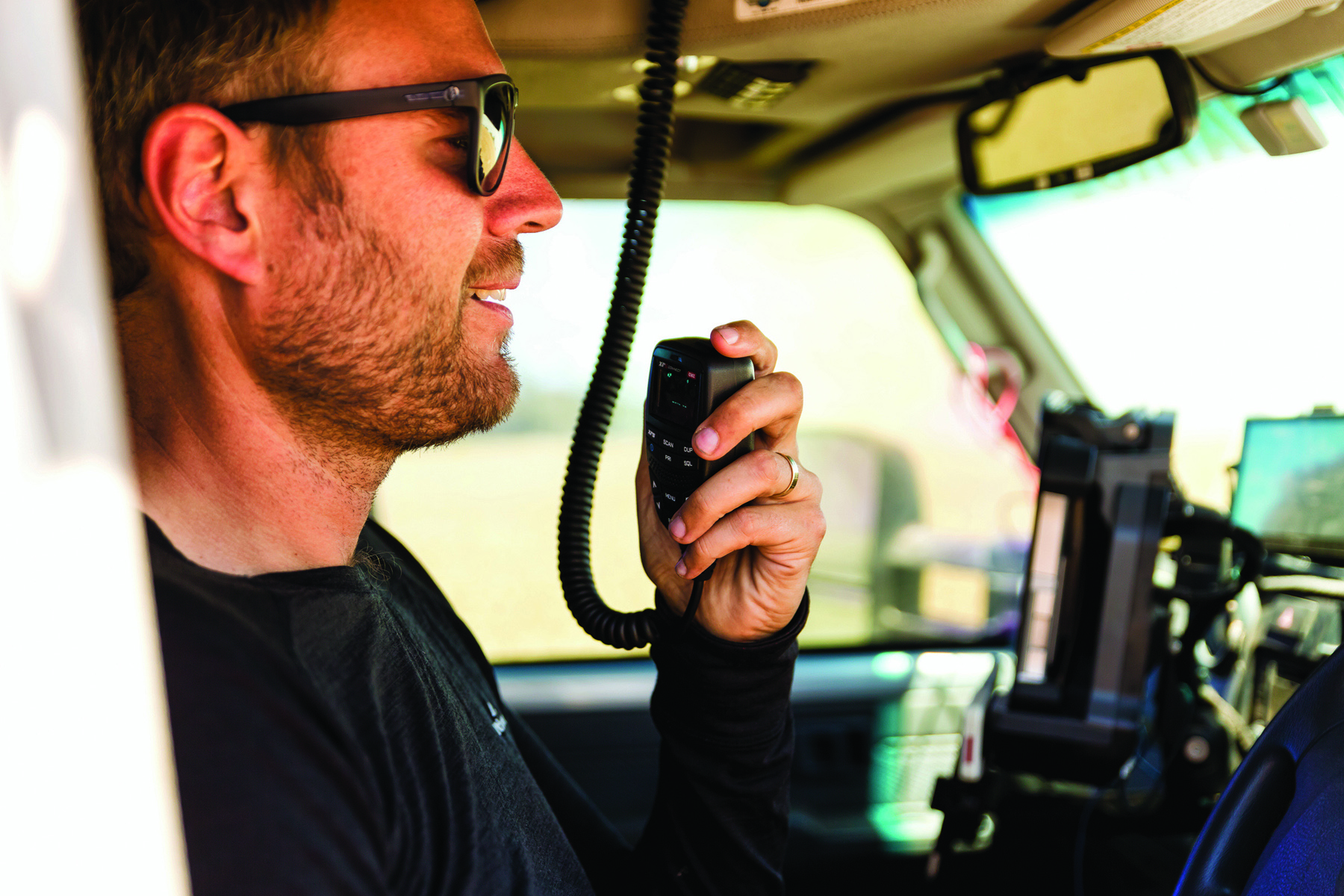

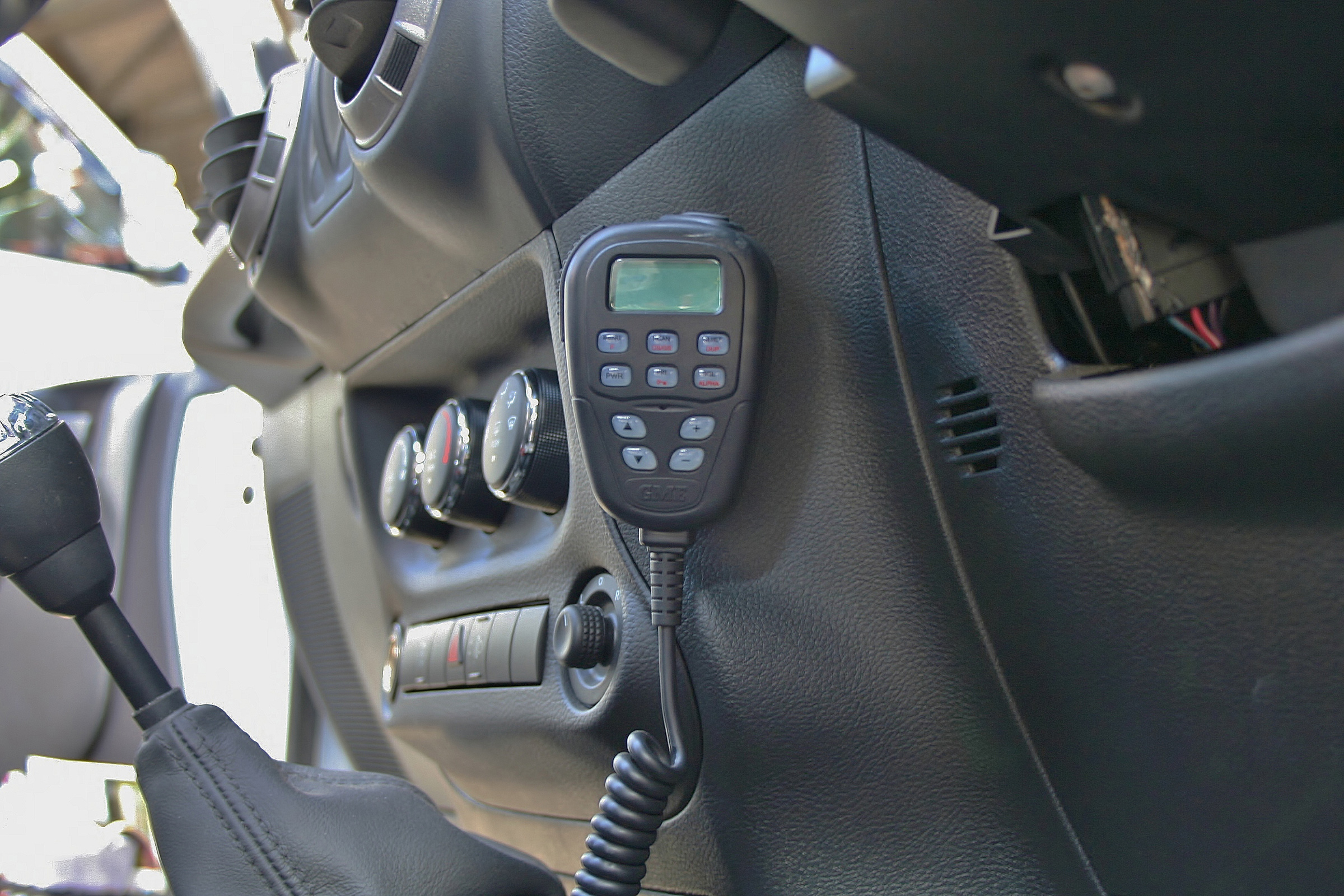

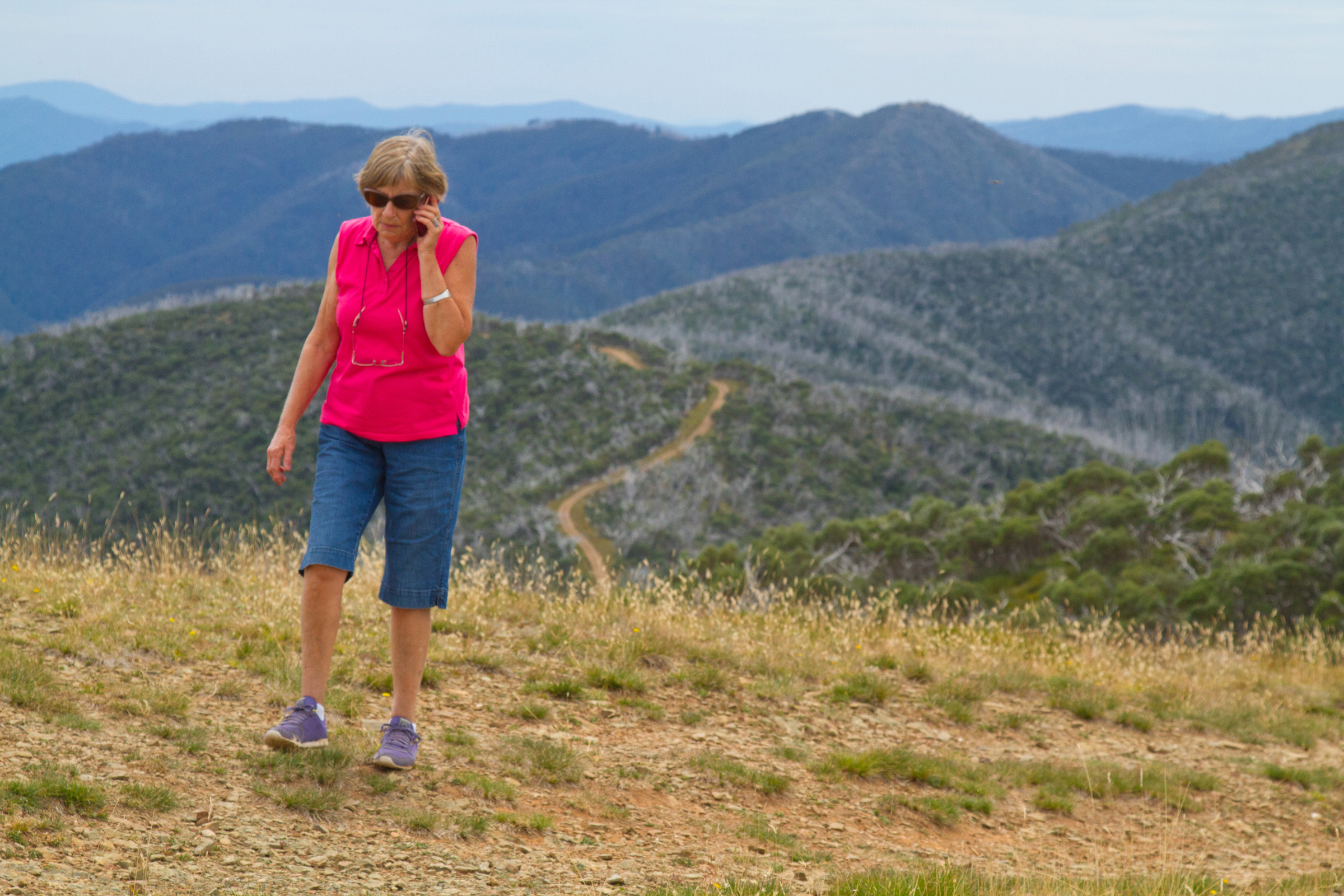
However, before we proceed, take note: mobile phones are NOT the basis of any emergency communications plan. Mobile phones should be thought of as a convenience item rather than as a traveller’s safety communicator. They are an excellent convenient safety device when they work, and they are working in more and more places, but there will only ever be towers and networks in places where there’s money to pay for it. Where there’s only one station property every 50 kilometres, there’s nobody to pay for the network.
Mobile phones work so well along arterial roads that you might be surprised to learn that they cover only 25 percent of Australia, and even that depends on your carrier. Depending on your carrier, many will not work at all if you’re away from the cities or large regional towns. As soon as you get to smaller villages or towns they just won’t work. In the event of, say, major bushfires phone towers can be destroyed, resulting in loss of service. Remember, do not be solely reliant on your mobile phone for contact.
The best phone system coverage is provided by Telstra, which covers the greatest area of Australia, and to make the most of that you would need an external aerial on the car that has been well fitted by a professional who knows what he’s doing; not some little phone shop somewhere, but a communications specialist.
Now, here are a few tips for making the most of your phone while on the tracks.
MAINTAIN THAT BATTERY
We all know about the need to sustain battery charge in our phone. They remind us often enough — especially as our phones age — as their state of charge declines. Make sure that your pre-trip checklist includes not just your phone but also a charger, and even a spare. Have somewhere that’s easily accessible to plug it in.
To get the most from your battery in an emergency there are a number of things which you can do to extend its state of charge:
Turn down the screen brightness; it’s the biggest single source of energy consumption, and set the screen to go into sleep mode after the shortest possible time.
Turn off vibrate, which consumes more power than the ring tone.
Turn off Wi-Fi and Bluetooth, which consume power in the background even when the phone is asleep.
Place your phone into airplane mode.
Turn off background apps which you are not using as these consume power on a regular basis.
Where possible avoid making phone calls and use SMS messaging.
Turn off voice-activated software, such as Apple’s Siri or Samsung’s S Voice, which are unnecessary and consume power in the background even when not being used.
Use a separate digital camera to document any necessary images of damage or injuries rather than using your mobile phone’s camera.
As a general tip to extend your phone battery’s life avoid charging to 100 percent state of charge, as this will shorten its life. Charge to between 40 and 80 percent to maximise its lifespan (it’s one of those lithium battery ‘things’), though this will mean more frequent recharging.
SETTING UP YOUR PHONE
Ensure you have several ICE (In Case of Emergency) phone numbers in your phone. These are the numbers of people who rescuers can call to notify about your emergency or to find out about your medical or other history. Let these people know they have been listed as your ICE contacts. Try to have one in a regional area in case of a widespread community emergency in your area.
The recent advent of facial recognition or fingerprint access requirements for mobile phones has made accessing these numbers difficult for anyone finding your phone.
Download appropriate emergency assistance apps. See the attached sidebar.
Most mobile phones today will have a health-type app included in the standard operating system. Complete this for yourself and/or your travelling companion(s), including the following information:
- Next of kin (ICEs?) and their contact details
- Medicare number
- Medical insurance coverage
- Your private doctor(s’) details
- Any and all medications and their dosage which you regularly take (including herbal, homemade, over the counter and illegal)
- Past medical history (including diseases and injuries), allergies, treatment history (what worked and what didn’t)
- A summary of family medical history back to grandparents (is your condition genetic?).
EMERGENCY CALLS
In an emergency you will want to contact one of the emergency assistance bodies (police, ambulance, fire) and the standard method is obviously by dialing 000. This can be done even if the phone is locked. Use 000 only in the event of a real emergency (injury or death, emergency medical assistance required, threat to life or property, serious accident or crime); do not call 000 for information. 000 calls are free.
If your battery capacity is limited or you are a long way from likely assistance, so you need to limit your time on the phone, pre-prepare a list of basic data (name, contact phone number, location, the nature of the emergency) you will need to impart. The Emergency+ app can give you a GPS position for your location if you are away from a built-up area.
When you dial 000 (or 112) the call will be answered by a Telstra operator and you will be asked whether you need fire, police or ambulance and you will be put through to whichever you nominate. The operator will remain on the line with you until the call is answered. If there is a major fire or storm or similar disaster it may take a short while to get a response due to the high number of people attempting to request assistance. Stay on the line or you will lose your place in the queue.
Do not use your phone for lengthy phone calls, downloading or streaming movies or music or playing online games during an emergency. This can add to the load on a network and impose delays on emergency services trying to use the network during a disaster.
Even if your phone is locked, dialing 112 will work anywhere in the world. If you are out of your contact area if you dial 112 the phone will automatically search for any phone network to establish the emergency number for you.
You cannot contact 000 or 112 by SMS message.
If you feel you are potentially within (even marginal) range of a mobile phone tower try to gain as much height as possible for improved reception. Even standing on your car’s bumper can make a big difference. If voice communication is not possible, an SMS message may get through (if you are within range of your contracted service provider). For this feature, every mobile phone has the capacity to acknowledge the receipt of your message with its intended recipient – though not necessarily read. This, however, is normally turned off by default and so must be turned on. If you see an “emergency calls only” message on your phone’s screen you are within range of an emergency call and should dial 000 or 112 on any phone (even without a SIM card) to get to an emergency operator.
USEFUL EMERGENCY APPS
Emergency+
Tells users when they should call Triple Zero (000) and who to call in different non-emergency situations. It also helps dial the number and shows the phone's GPS coordinates for the caller to read out to the operator. Produced by the National Triple Zero Awareness Work Group. Assists in contacting OOO, State Emergency Service, Police Assistance Line, Crimestoppers, Healthdirect (expert advice on health issues), National Relay Service (for hearing and speech assistance), National Security Hotline (report suspicious incidents), Poisons Information and provides a map of your location.
- Android or iPhone
- Free
VicEmergency
The official Victorian Government app for access to community information and warnings for all types of emergencies in Victoria. It replaces the FireReady app. Brings together emergency information and warnings from agencies including:
- Country Fire Authority
- Department of Environment, Land, Water and Planning
- Department of Health and Human Services
- Department of Jobs, Precincts and Regions
- Fire Rescue Victoria
- Life Saving Victoria
- Victoria State Emergency Service.
This app is managed by Emergency Management Victoria and supported by the Department of Justice and Community .It no longer uses Google Maps, but instead uses Spatial Vision VicMaps Books to ensure emergency services have access to the latest authoritative topographic mapping. Fire Danger Ratings now also display for both current location and watch zones. Other enhancements to the app include improved performance and faster connectivity, especially for those in remote and low-coverage areas, as well as reduced data download requirements.
- Android or iPhone
- Free
Fires Near Me
Shows all bush and grass fires attended by fire services in NSW or nationally (different apps), and other incidents attended by Rural Fire Service volunteers. Click on any incident for more information.
- Android or iPhone
- Free
BOM
The Bureau of Meteorology app will connect you with weather radar, forecasts for all of Australia, weather alerts and more.
- Android or iPhone
- Free
SES Assistance Qld
Can assist when you are in danger or potential danger associated with a flood or storm in Queensland.
- Android or iPhone
- Free
First Aid
The Red Cross First Aid app is a comprehensive pocket guide to first aid and CPR, giving you access to the most up to date first aid information.
- Android or iPhone
- Free
Alert SA
The official mobile application of the South Australian Fire and Emergency Services Commission (SAFECOM) for bushfire warnings and alerts, Fire Danger Ratings and Total Fire Bans, with users able to create up to 10 Watch Zones, specifying areas of interest to them.
- Android or iPhone
- Free
ABC Radio
Easy access to the ABC radio network across Australia for emergency updates on major disasters.
- Android or iPhone
- Free
Note that some state emergency services do not issue specific phone apps but do operate Facebook or other internet pages or sites for the dissemination of information or warnings. Other apps which may be likely to benefit you in an emergency is that of the roadside assistance body to which you may belong or your vehicle/camper’s insurer’s app.
EMERGENCY CONTACTS
It is a good idea to ensure you have vital phone contact details in your phone. All phones have this option. These could include all or some of the following:
- State Emergency Service (SES) – 132 500
- Police Assistance Line (PAL) – 131 444 (except Victoria)
- Disaster information lines in your State/region (i.e. bushfire information line, cyclone action advice line, Bureau of Meteorology, etc)
- Electricity/gas/water/telephone providers
- Roads and traffic agency
- Local Council office
- Workplace and dangerous goods advice line
- Neighbours
- Interstate or regional family contact
- Family members’ workplaces
- Children’s school/childcare
- Local doctor’s surgery
- Local hospital or health service
- Poisons information line
- Veterinary practice




